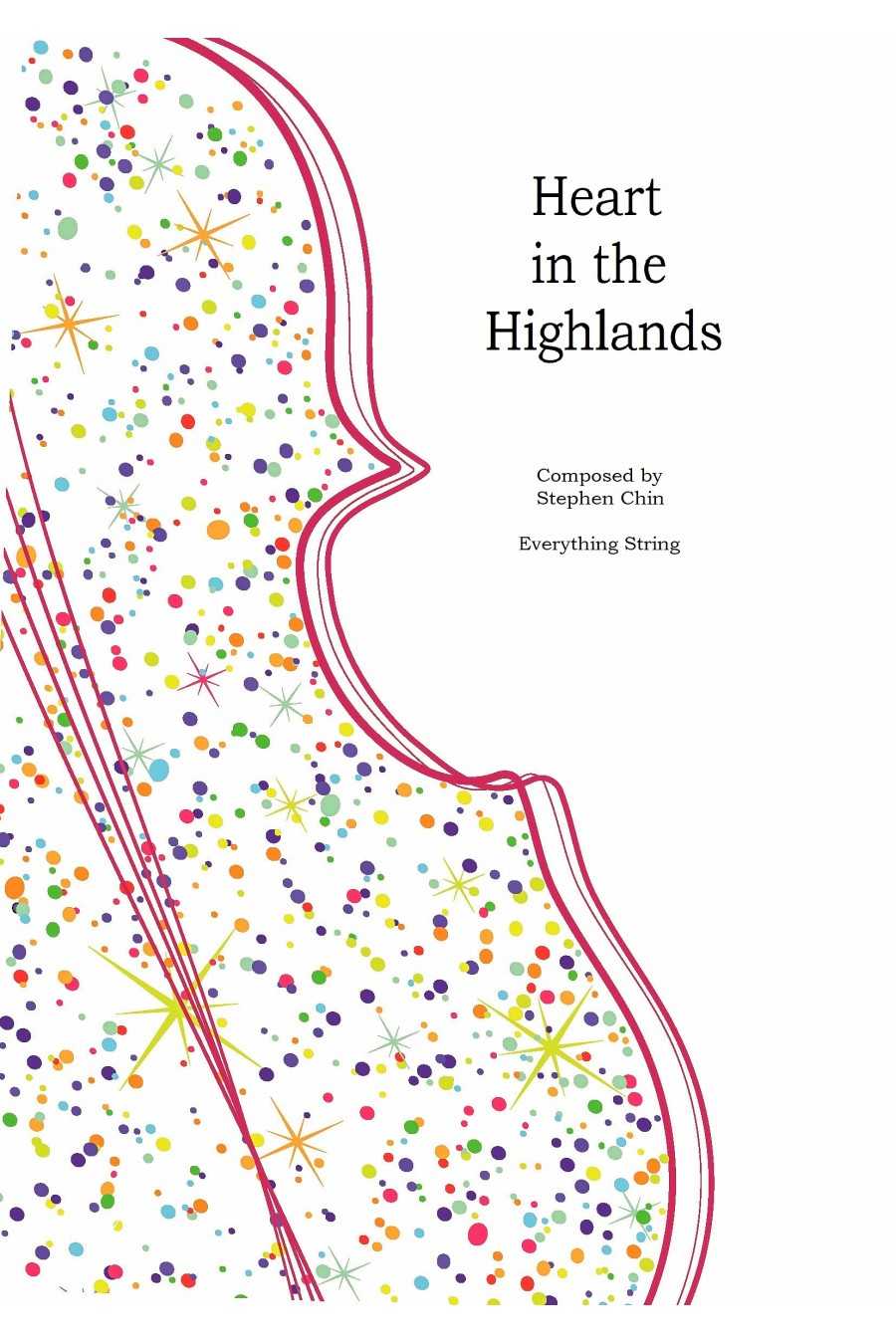

'Heart in The Highlands', inspired by Robert Burns, evokes Scotland's rugged beauty with pizzicato, harmonics, dotted rhythms, and drones.
Heart in The Highlands is a musical masterpiece that draws inspiration from the works of the famous Scottish poet Robert Burns. The piece is a vivid representation of the rugged yet mesmerizing Scottish highlands, with its craggy mountains and lush greenery. Through the use of heart-throbbing pizzicato, mysterious harmonics, strong dotted rhythms, and bagpipe-like drones, the piece creates a captivating soundscape that transports the audience to the stunning landscape of Scotland. The music is sure to leave a lasting impression on both the ensemble and the listeners with its powerful and evocative melodies.
Two Italian Baroque masterpieces in contrast - Sarabande and Gigue. Simple melody with suspensions in Sarabande, orchestra showcases string crossings and quaver figuration in Gigue.
For String Orchestra Grade 2.5
Pablo Sarasate (1844-1908) was a brilliant Spanish composer and violinist known for his expressive and technically challenging pieces like "The Carmen Fantasy" and "Zigeunerweisen". While retaining the original's virtuosity, this arrangement is accessible to younger musicians.
For String Orchestra Grade 2.
Handel's famous works, "Largo" and "Hallelujah Chorus," are presented together. "Largo" explores Baroque arioso sonorities, while the Hallelujah Chorus is the most renowned chorus ever written. All parts have been adapted to retain the original antiphonal effect between the chorus and orchestra.
1. Largo
2. Halleluja Chorus
For Grade 3.5 String Orchestra
Latin-American music is vibrant! This piece is an extended tango that will make musicians sway. The title, "Reminiscences of Buenos Aires," evokes images of non-stop dancing in the Argentinean capital. String effects such as pizzicato, tremolo, glissando, and lifted-down bows add colour to this pulsating score. Invite audience members to dance while you play for a unique experience.
For String Orchestra Grade 3.5
Originally written for wind ensemble and later arranged for pianoforte, these charming movements have been carefully placed to give the sense of a fully integrated work. Some elements of this work are similar in vein to Mozart's famous "Eine Kleine Nachtmusik." Advanced intermediate players will enjoy the challenges of spiccato quavers, martele crotchets, measured tremolo, and lifted upbows, which are a must for developing precision and clarity in a more advanced string ensemble.
For String Orchestra Grade 3